Alternative ice cubes tested
Well? Have you also forgotten to buy or prepare ice cubes? Everyone has probably experienced this: forgetting to refill their ice cube supply after emptying it. Whether it's a trip to the supermarket or filling DIY ice cube freezer containers. That's where ice cube alternatives made of granite, soapstone, or gemstones, also known as whiskey or gin stones, seem to come in handy. Because after use, they don't simply melt away, but are always there – and their presence reminds us that these stones just need to be cleaned and put back in the freezer. How convenient. But are these reusable ice cubes actually any good?
Below is my test report in which I'm looking at three candidates: cooling cubes made of granite, stainless steel and conventional ice cubes from the Icefrocks brand (because they're so big) from the grocery store.
The three candidates in the test
Granite stones
- completely tasteless,
- cools without diluting,
- ready for use after a few hours in the freezer,
- Size: approx. 2.0 x 2.0 x 2.0 cm,
- Price: 9 pieces for €8.99.
Stainless steel stones
- completely tasteless,
- cools without diluting,
- ready for use after a few hours in the freezer,
- Size: approx. 2.6 x 2.6 x 2.6 cm,
- Price: 8 pieces for €12.99.
ICEFROCKS ice cubes
- completely tasteless,
- cools, but dilutes,
- ready for use after a few hours in the freezer,
- Size: approx. 3.8 x 3.8 x 4.1 cm,
- bought at ARAL,
- Price: 2 kg for approx. €3.00.

The test
For a direct comparison, I chose the summery and refreshing Ginger & Mint long drink. To ensure the results were comparable, I froze all the ice cubes overnight and, of course, used three identical glasses, filling them approximately equally with each cube. Since the granite stones are significantly smaller, I used more here, while I used significantly less for the water ice cubes.
In this test I was able to clarify two questions:
- How quickly do the stones cool down, and how long does the cooling last?
- And how do the stones react to carbonated drinks?

The course
First, I poured the unchilled ginger-lemon liqueur over the ice cubes. A bit mean, I know, but after all, gins aren't kept in the fridge either. 🙂 I didn't add the mint yet so I wouldn't be able to see the ice cubes. Then I poured the elderflower tonic right away, and you could immediately notice the first noticeable difference: the carbonation escaping.
Carbon dioxide needs to be handled with kid gloves and not be killed by stones
It's normal for tonic to fizz a little when poured over ice cubes. This is simply because the surface of ice cubes is rough, and the carbon dioxide is drawn out. (The same effect occurs, for example, when you add a pinch of salt to mineral water or pour sparkling wine into cheap champagne glasses: the rougher the surface the liquid comes into contact with, the more carbon dioxide escapes.)
That's how it was this time, too: as soon as I poured the tonic over the water and ice cubes, it fizzed a little, but calmed down pretty quickly. The surface of the ice cubes quickly melted and "smoothed," leaving the tonic with its carbonation.
The stainless steel stones were the quietest: Their super-smooth surface was friendly and gentle to the tonic. The stones lay in the glass like Buddhas and made no sound.
But what the granite stones do to the poor, defenseless carbon dioxide is simply outrageous. The stones are not only hard, but also rough, mercilessly sucking any carbonation pep out of the Elderflower Tonic. It bubbles in the glass, and you want to intervene, but you can't. The only option would be to drink the long drink as quickly as possible and save the tonic from further suffering, but that's no solution. After five minutes, the granite stones have killed the tonic, and the long drink is gone. I'd love to throw the stones against the wall, but I'm afraid that would be more likely to damage the wall and leave the granite stones on the floor, laughing hysterically.
Surprise in cooling performance
Next, I was naturally interested in the cooling effect of the stones. A quick sip of the drinks gave me the subjective impression that the granite stones had the least cooling effect, while the stainless steel stones cooled quite well, but not quite as well as the Icefrocks. To find out for sure, I got a thermometer and tested it. And indeed, the granite stones are simply not suitable for long drinks: more than 10°C difference compared to conventional ice cubes!
Granite stones
- 16.1 °C
Stainless steel stones
- 6.8 °C
ICEFROCKS ice cubes
- 3.1 °C

Conclusion
Whiskey or gin stones made of granite, soapstone, or stainless steel look chic, but are only partially suitable for cooling a long drink. Granite stones can be a reasonable alternative if you want to chill a whiskey a bit, but when it comes to cooling carbonated drinks, natural stones prove to be a flop. I also tried polished soapstone, but these are still too rough, causing too much carbonation to escape.
While stainless steel stones are very gentle on carbonated drinks and significantly more effective at cooling than granite stones, they still don't quite compare to conventional ice cubes. They're also quite expensive to purchase. Of course, if you drink a lot of long drinks at home, the investment might be worthwhile.
Conventional ice cubes made from water still offer the best cooling properties. Furthermore, conventional ice cubes are gentler on carbonated drinks. The surface quickly becomes smooth, so after just a few seconds, hardly any carbonation is released.
Important: The ice cubes should be very large, meaning they have a small surface area in relation to the heat sink. This will melt the ice cubes more slowly, meaning the drink will be less diluted. If you want to make your own ice cubes, XXL ice ball molds might be a good option: they're super large and have the smallest surface area relative to the heat sink.
But before you buy large silicone molds for homemade ice cubes, check the volume of your glasses. I made the mistake of not measuring them. As a result, the homemade XXL ice cubes are much too big for my highball glasses. They only fit in my tumblers.
Summary of key findings:
Granite stones
- tasteless,
- looks stylish,
- easy to clean,
- the rough surface causes carbon dioxide to escape rapidly,
- hardly any cooling effect,
- Temperature after 5 minutes already 16.1 °C,
- is only suitable for pure spirits (without added carbon dioxide) where a slight cooling is desired.
Stainless steel stones
- tasteless,
- looks stylish,
- are easy to clean,
- the smooth surface prevents carbon dioxide from escaping,
- good cooling effect,
- Temperature after 5 minutes: 6.8 °C,
- is well suited for long drinks that should not be diluted,
- but are expensive to purchase.
ICEFROCKS ice cubes
- tasteless,
- excellent cooling effect,
- hardly any loss of carbon dioxide,
- Temperature after 5 minutes: 3.1 °C,
- the more and the larger the ice cubes, the less dilution,
- are ideal for long drinks,
- are inexpensive to buy if you don't forget to buy them ;-).
Our bestsellers
View all
Author Andrea
Not only do I love distilling, but I also enjoy sharing my knowledge, experience, and passion. In my blog posts, I take you on a journey through everyday life at our distillery and on our small business. Of course, there are also drinks to enjoy along the way.



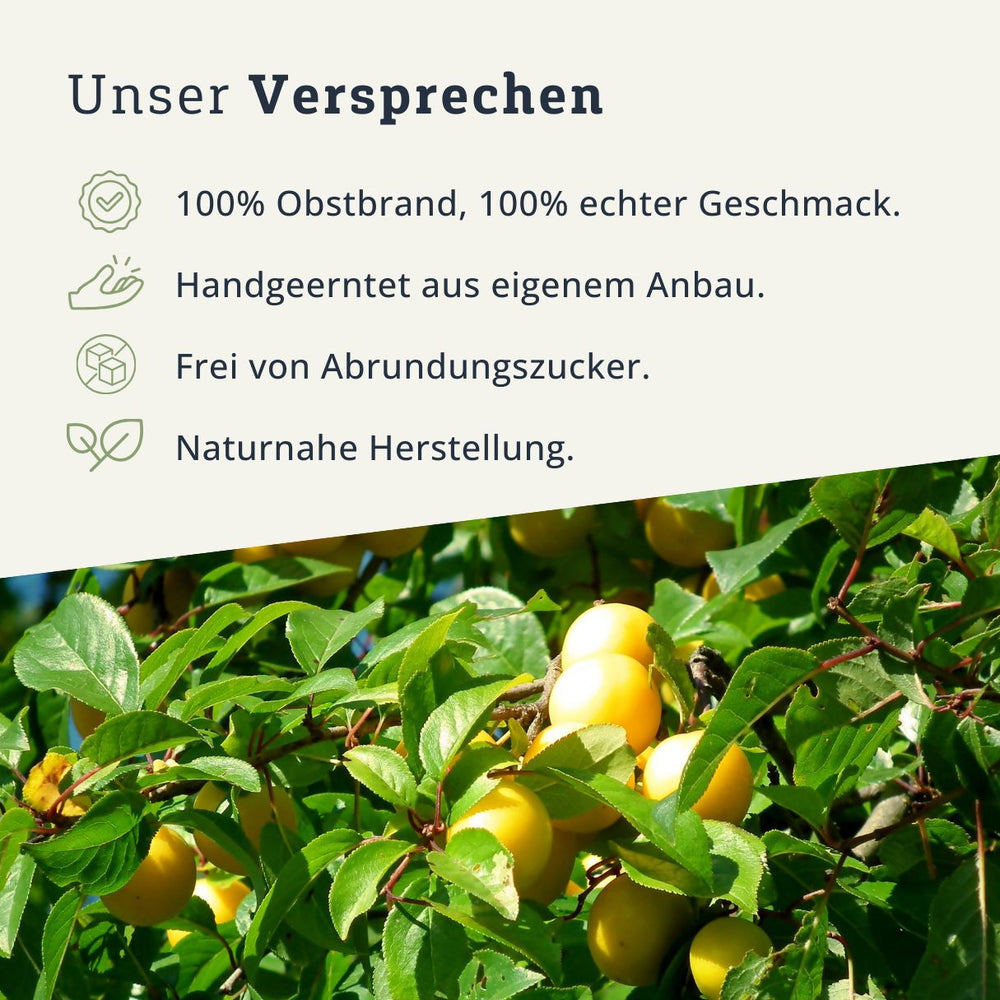

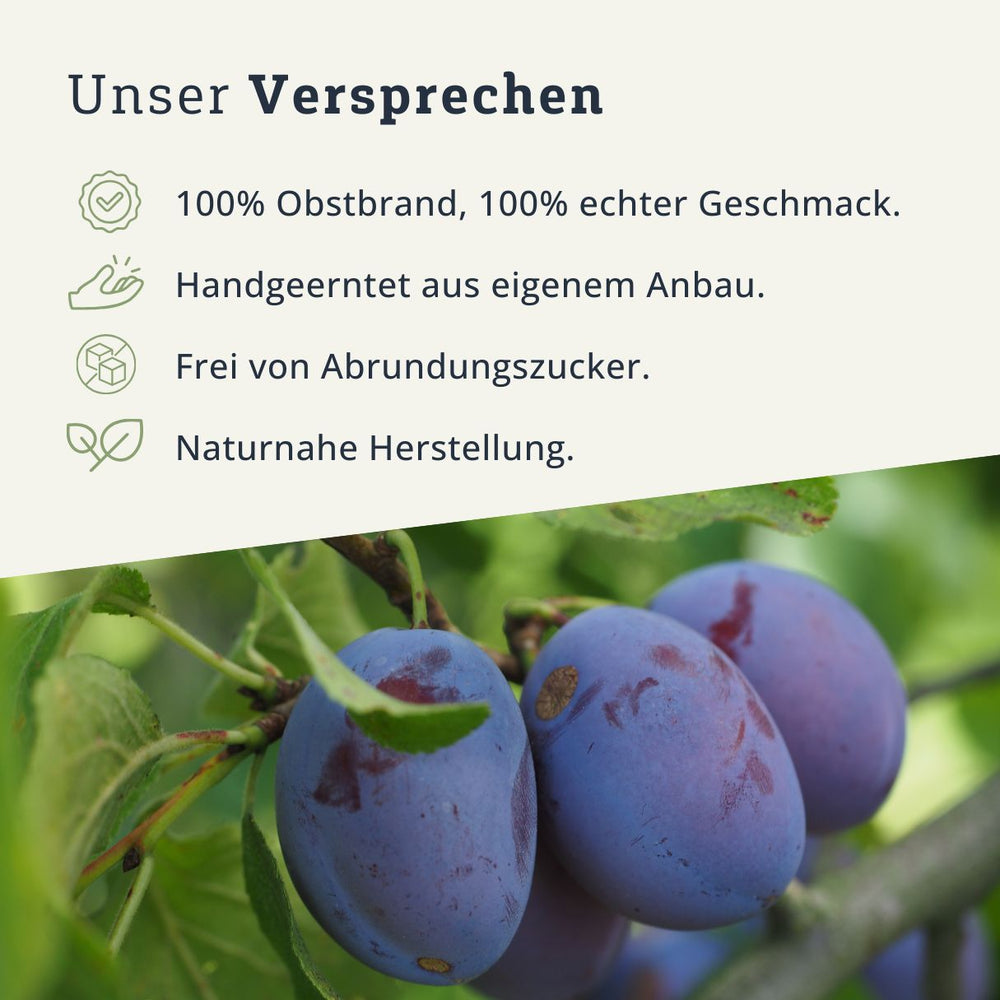

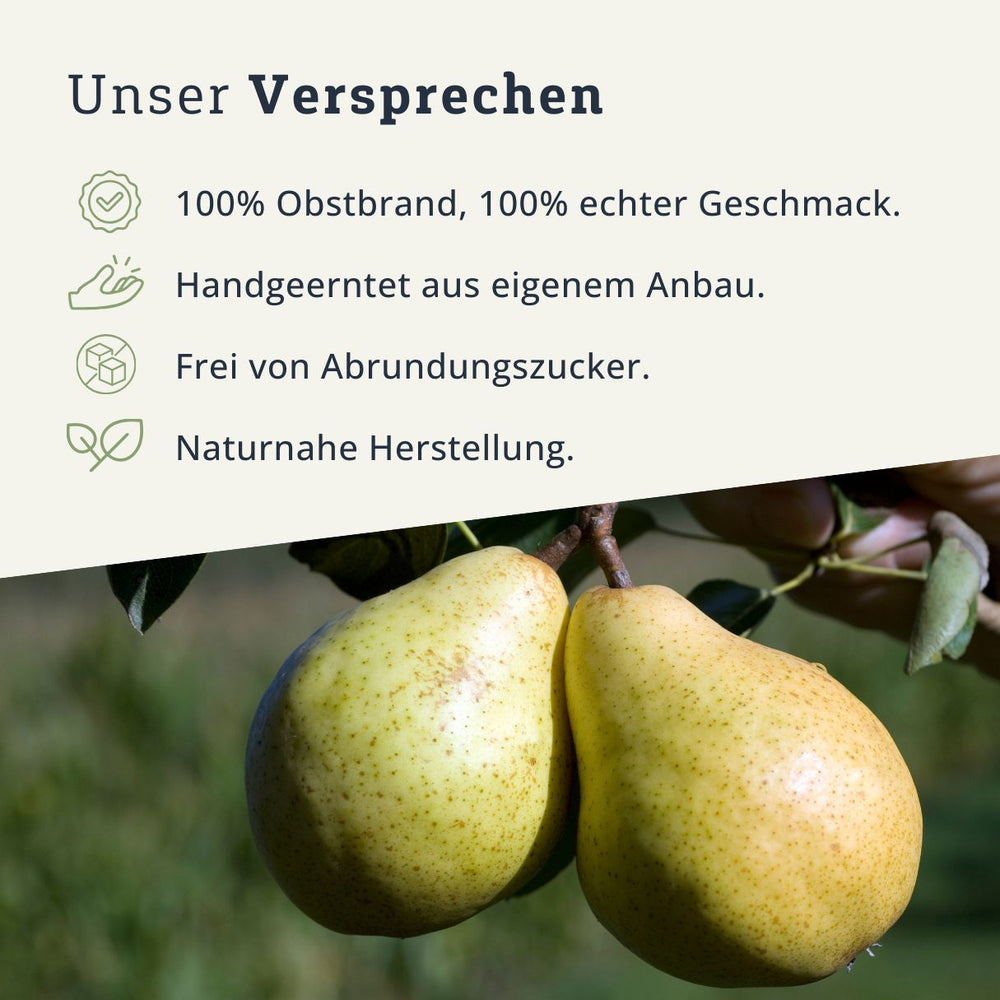
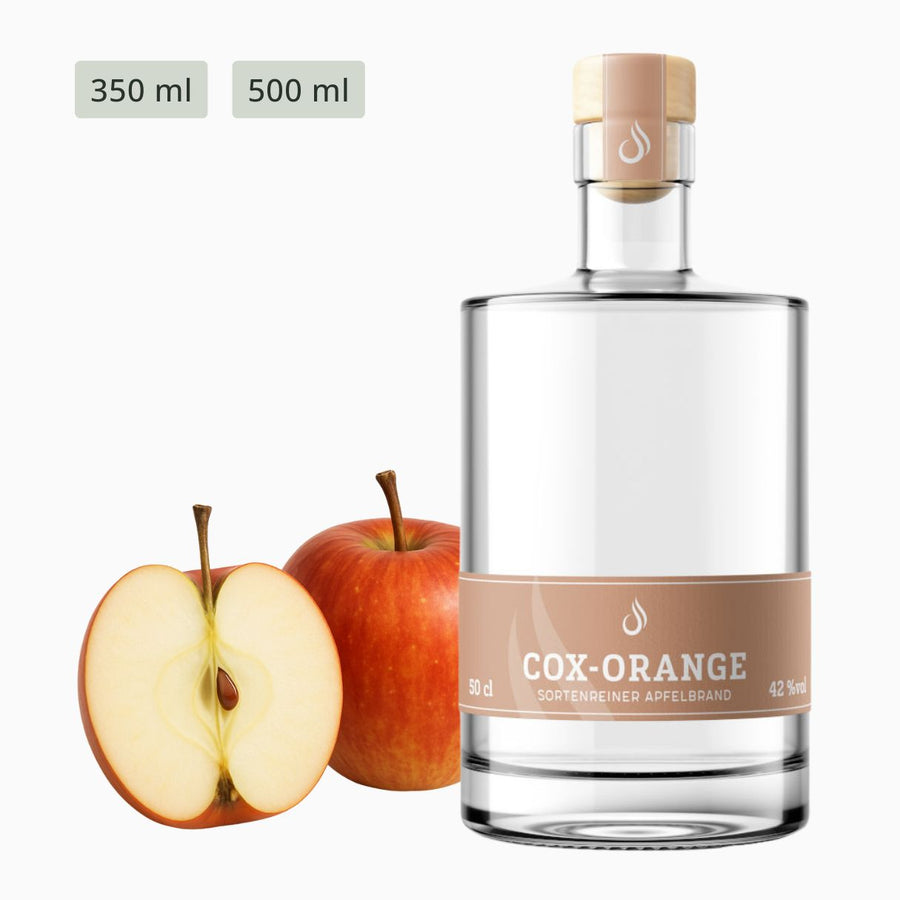
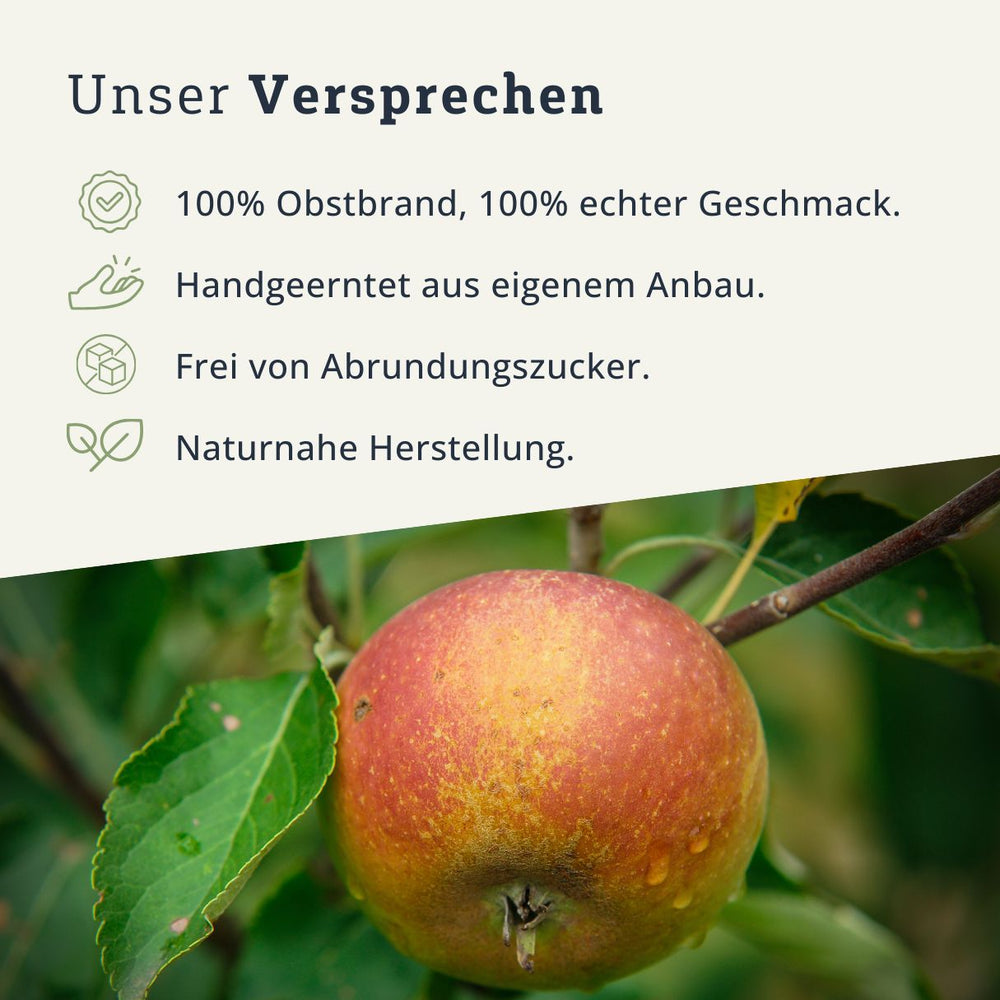


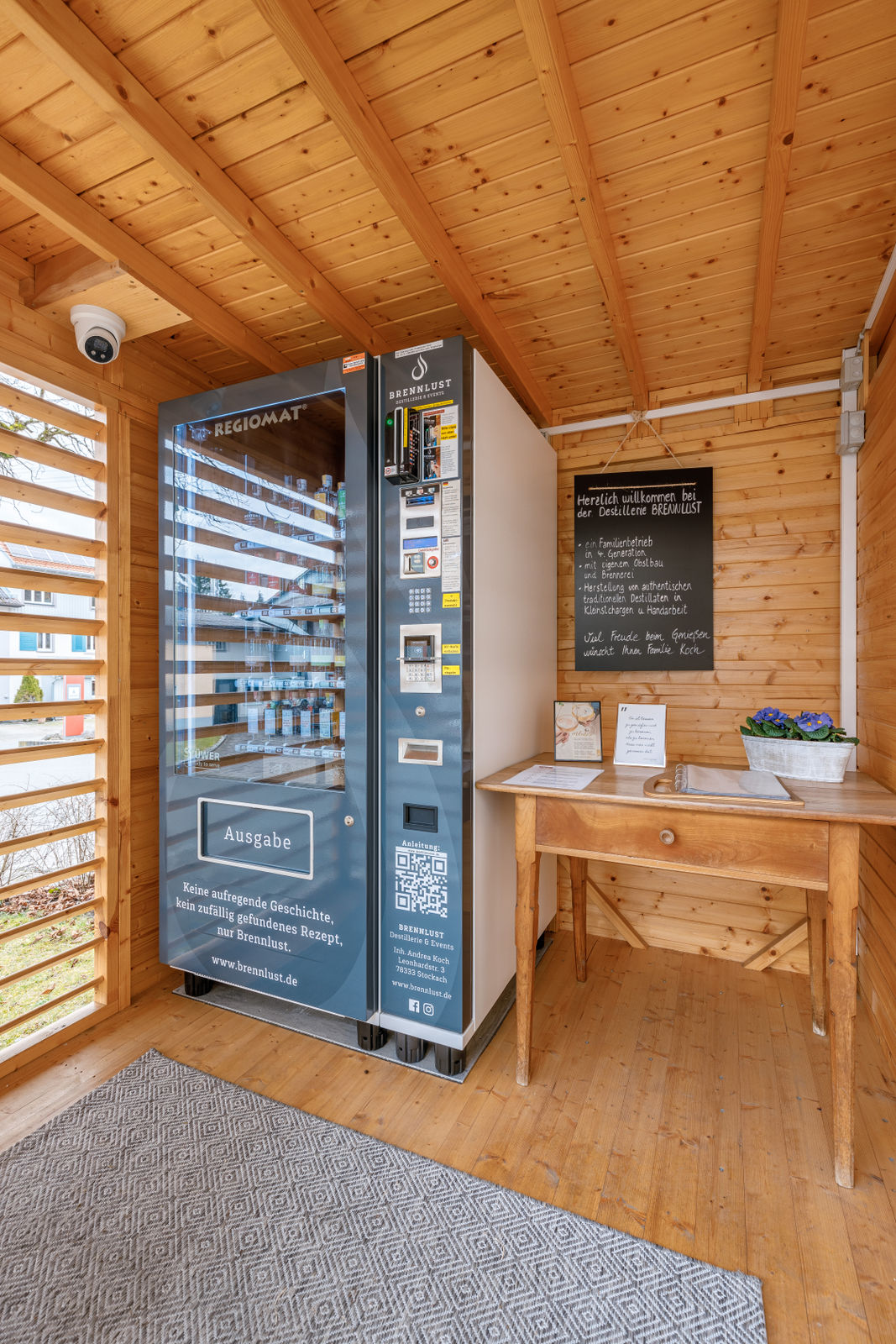
Leave a comment